September 10, 2019
No two Etched in Stone classes are ever the same.
Like snowflakes, each staff, each separate class period in each separate year is similar to those before it, but always unique. This year is no different—in the first few weeks of school, we are still finding our footing and figuring out how this whole thing is going to work. Personally, I’m adjusting to the newfound role of co-editor-in-chief (the transition has been a strange one), along with my co-editor Macy, as is the rest of our leadership team tackling their roles. We are currently figuring out who, as a staff, we are. As such, the current state of where we are and where we hope to be going is as follows.
I. For the last couple years, Journalism I (the introductory course for Etched in Stone) and Journalism II (the Etched in Stone staff itself) have been combined into a single class; the two have coexisted as a combined entity, separate but intertwined. This created a unique dynamic in which incoming writers received less training before joining the staff and the staff itself put more focus towards helping this transition. It was not the most efficient system, but nonetheless it was the one in which most of us established ourselves as writers and leaders. This year marks a shift as we separate back out to two classes. As we settle back into the school year, we are adjusting to this: While going back to what was, before our time, the norm, we are still figuring out how this new dynamic works.
II. Last May, I reached out to news organizations at each of the other high schools with an offer of collaboration. Over the summer, I met twice with leaders from these establishments over tea at the downtown Happy Lucky’s and simply discussed what we do.
The possibilities that arise from this connection are endless. The combined resources from each of our institutions can achieve higher levels of journalism than any could individually. This opens the door for citywide news summits, for articles tackling subjects that span multiple schools, for pooled interviews and information, and so much more. I look forward to working more with these organizations and seeing what comes of it.
III. In my sophomore year, I published my first somewhat noteworthy article in journalism by doing a small investigation into a new location shrouded in relative mystery at the time. I reached out to the park planner for the upcoming Twin Silo Park and wrote up a summary of what to anticipate from it. The next year I tackled a similar project and did some brief research into the balcony in the courtyard of Fossil, writing about its intended purpose and why it is typically not accessible.
I see a lot of promise in this category of journalism. A reporter for the Coloradoan once told me during a job shadow that what a newspaper does is answer questions the community has, and that stuck with me. Sometimes journalism is not just writing about current events and happenings, but researching the things that people do not know about and may not even realize they do not know about. I intend to delve further into this genre as a writer this year, and hope to encourage others on the Etched in Stone staff to do so as well.
IV. Journalism is a field that involves quite a bit of specialization. To start, we all have our beats—arts, academics, activities or sports. As we write about a particular subject, we learn the nuances of how to do so, picking up on who to talk to or where to stand for the best pictures or how to write certain articles. Besides this, we all acquire particular skills in the field to fit our specialties, studying the workings of our website or the proper means of live tweeting or developing notable ability with a camera.
As such, our most experienced writers know quite a bit about what they do. They are well versed in the tools of the trade, and thus are great resources for those who need some pointers in the area.
This year sees the addition of seven promising new writers to the staff. They are quickly learning the lay of the land and becoming fully capable reporters. To assist with their transition into Etched in Stone and simply boost the skillsets of already established writers, the idea has been pitched that our newspaper’s leadership can provide intermittent mini-lessons on their areas of expertise. Hopefully, the next couple months will see some of these mini lessons helping all of our staff learn new tips and tricks.
V. As previously mentioned, we are currently watching the rapid growth of new writers in Etched in Stone. This, combined with a general want for more staff bonding, led to the proposition of a mentorship pair system.
We tried something similar in my first year of journalism, pairing less experienced students with those who had been around for a while. In this arrangement, we did activities with our partner and could go to them with questions. This made the transition from J1 to J2 that much smoother, and I felt more at home amongst the staff.
Mentorship is a thing that occurs very naturally in journalism. Within the class, leaders bond quite strongly with those who will eventually succeed them. This is true for this year as well—with enough time, we will see unshakeable bonds develop naturally between staff members. Nonetheless, we may eventually add an official system, and make sure everybody in Etched in Stone has someone they can turn to, whenever they need journalistic help or even just a friend.
***
Paul Simon once sang that these are the days of miracle and wonder. I think about that a lot (in fact, it is the lockscreen on my phone). After all, is it not true? We are constantly pushing forwards, toward a bright and new future. As we establish ourselves in the new school year, I have high hopes for Etched in Stone—there is so much to look forward to, and this year promises to be a good one.



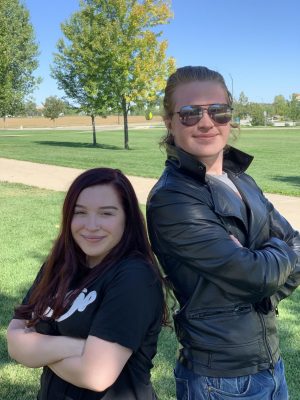

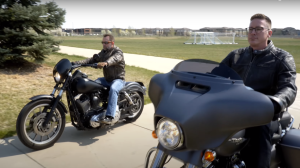
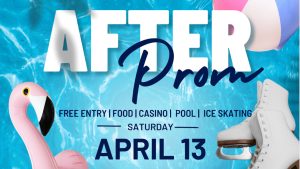


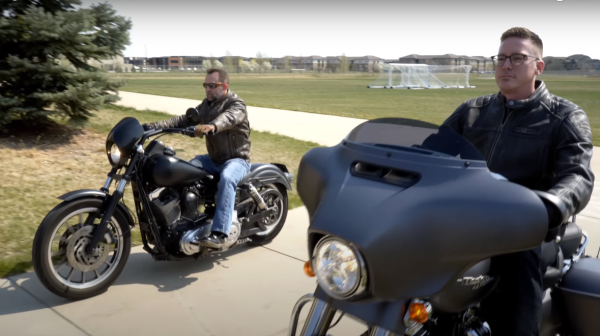

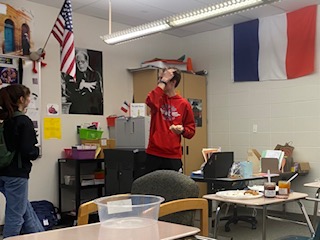
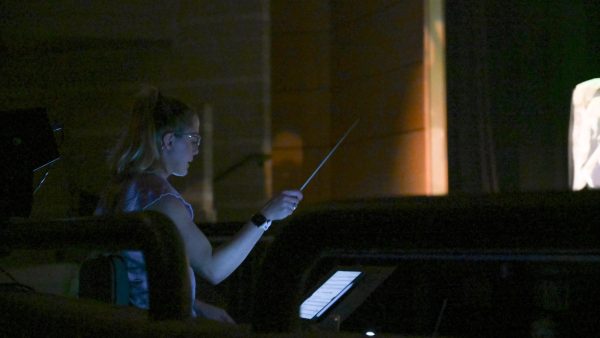
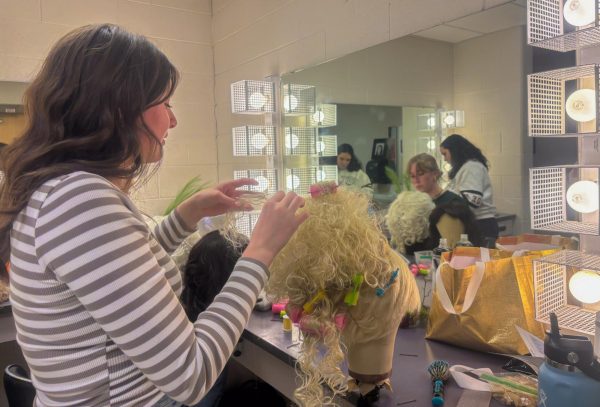
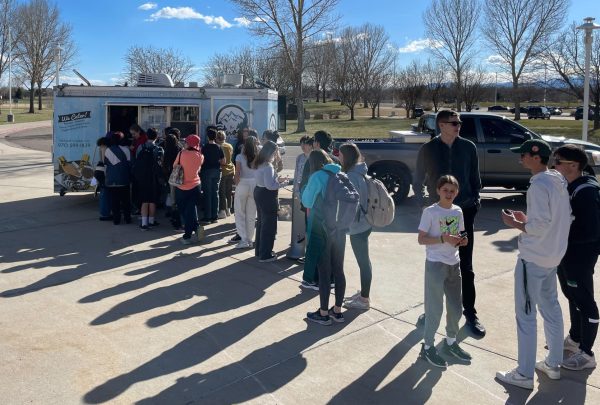
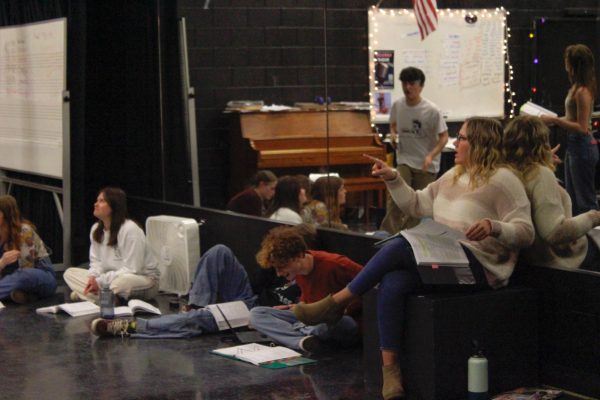

🌴 Ŧгϵѵѻг 🌴 • Sep 13, 2019 at 3:36 pm
Good job Macy!!